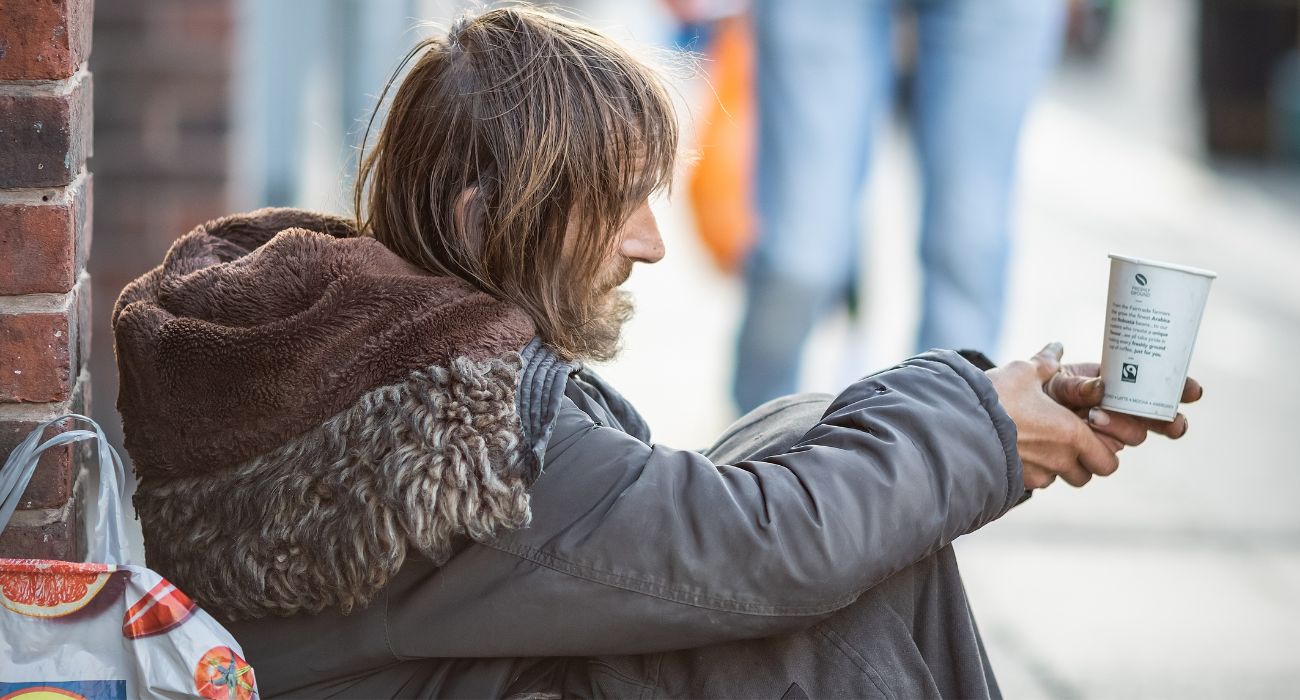Homelessness, vagrancy, and panhandling are among the biggest concerns of Dallas residents, and many well-meaning Dallasites want to help alleviate the crisis by giving to those in need.
However, giving money, clothing, and even food directly to panhandlers is often counterproductive and can even have unintended consequences, according to the City of Dallas.
City officials have instead been encouraging residents to “Give Responsibly,” directing their generosity toward nonprofits and homelessness response initiatives rather than possible vagrants or individuals experiencing homelessness.
“The City of Dallas Office of Homeless Solutions created the Give Responsibly Campaign (GRC) to redirect street charity to charitable and nonprofit organizations that specialize in serving the City’s most vulnerable population,” the City said in a statement to The Dallas Express.
“Giving directly to the homeless prevents them from receiving help and support from professional service providers,” the statement continued. “By partnering with existing service providers, we can fulfill the needs of our neighbors with dignity and compassion while promoting systemic change.”
The City has begun installing signs to promote its GRC campaign. As previously covered by The Dallas Express, Office of Homeless Solutions (OHS) officials have said that giving no-strings-attached food and cash to people on the street can actually exacerbate homelessness and vagrancy.
OHS Director Christine Crossley previously said that giving food to those living on the street can cause traffic light outages. She explained that the food and associated trash often left out on the streets attract rats, which then end up chewing through traffic light wiring.
“That seems like a pretty far-fetched jump, but it’s not,” Crossley said in August. “Some of the street light outages that you see across Dallas that are annoying you because now you’re sitting in 20 minutes of traffic at a four-way stop are because people have been leaving food, and the food attracts rodents that chew through the wiring. It really has larger impacts that I think people don’t think about.”
Even Dallas City Council members are arguing that no-strings-attached giving to panhandlers does not alleviate but exacerbates the issue.
“Reminder that feeding or giving clothes directly to our unsheltered residents does not protect them from the elements,” Council Member Jesse Moreno (District 2) said in a social media post on October 16. “We need solutions that will help get people into shelters and housing. Feeding folks on the street does not protect them from the elements.”
Council Member Gay Donnell Willis (District 13) has also said that giving food can cause trash to accumulate on the street that must then be cleaned up at taxpayers’ expense.
“You could put a wastebasket out there, but the reality is things just seem to hit the curb or the street, and then we see litter,” she said. “It’s those of us who give at the street that are generating that litter, and now we’re having to pay more to clean that up.”
A recent satisfaction survey conducted by the City of Dallas found that most residents believe the City does a “poor” job keeping Dallas streets clean.
Meanwhile, 80% of Dallas residents say they are frustrated with homelessness, vagrancy, and panhandling in the city, according to polling conducted by The Dallas Express.
Relatedly, the nonprofit Haven for Hope has been credited with reducing homelessness in San Antonio by 77% through its “one-stop-shop” strategy of offering supportive services on the same campus as housing.
The model has polled favorably among Dallas residents. Mayor Eric Johnson even visited Haven for Hope in August, but it remains to be seen whether the City of Dallas will pursue a similar “one-stop-shop” strategy.
The Dallas Express reached out to Council Member Willis and Council Member Moreno for further comment but received no response by press time.






